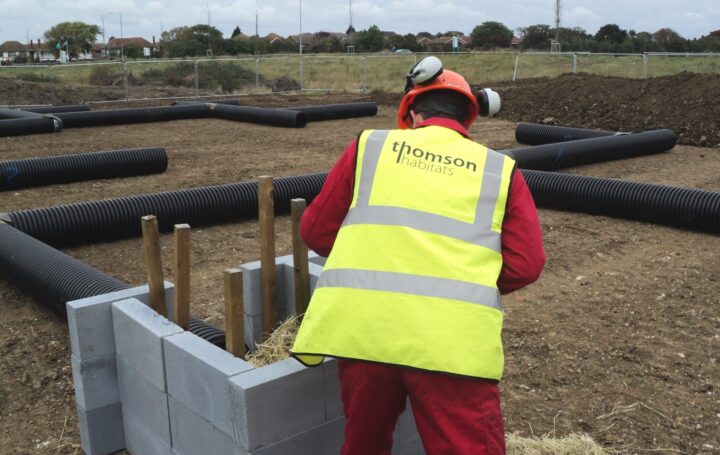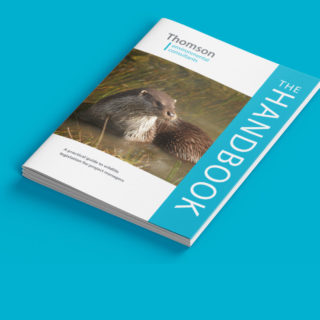
Our expert results reflected in our client projects
Our projects are very varied and delivered with excellence at the core. Our service offerings allow us to cover all aspects of environmental consultancy and provide the right type of results for our clients.
Featured
Badger sett closure and artificial sett creation, Shoeburyness
The brief A coastal flood defence bund was to be built on the site of a badger sett in Shoeburyness, Essex, by the local borough council. Under the Protection of Badgers Act 1992 it is an offence to interfere with or disturb an occupied sett, so Thomson Habitats were asked to close the sett under licence prior to the works…

Services
Sectors


























